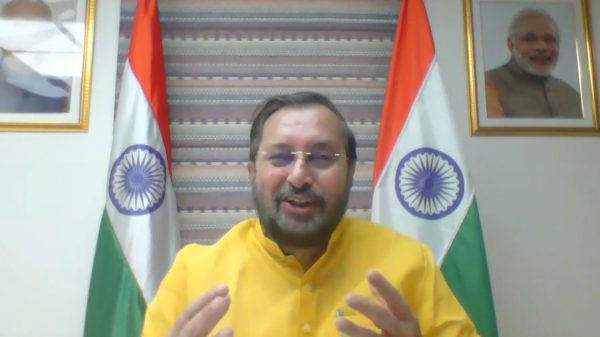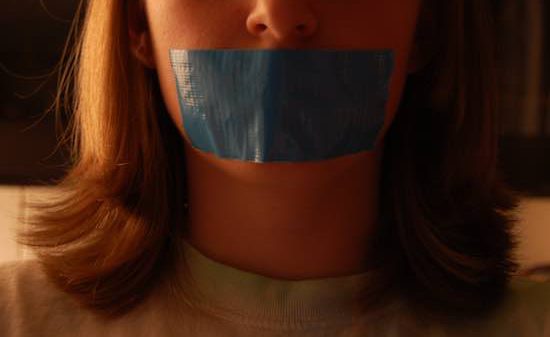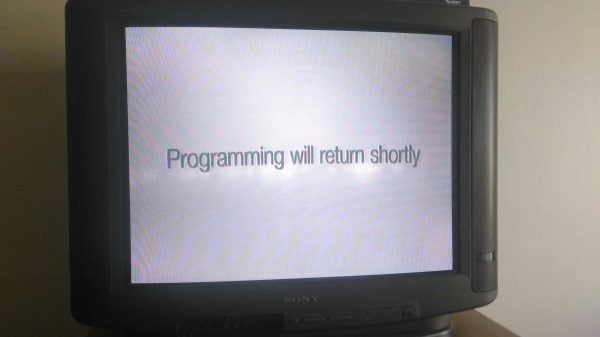A nuanced approach for determining the maturity of TV shows and movies. An emphasis on self-regulation. A warning to be cautious about faith or caste-based fault lines. That’s not just the streaming regulations notified in the Intermediary Rules notified on Thursday — this is precisely the system that exists for TV broadcasters.
The Self-Regulatory Content Guidelines for Non-News & Current Affairs Television Channels are pretty much identical in spirit to the new OTT streaming rules that apply to companies like Netflix and Amazon Prime Video. The main differences are that the TV code has two age ratings — general and restricted — whereas the OTT code has five.
The TV code does not provide for censorship, and actually expresses gratitude to the judiciary for standing by broadcasters’ freedoms. However, TV broadcasters routinely censor the most outrageous things before they are broadcasted, particularly in English-language content. They have censored swear words and sometimes even the word “beef”. And the BCCC is considered a liberal complaints body.
So why do broadcasters censor? They do so because even the process of going through the grievance redressal process is a punishment. The system, in spite of not imposing censorship directly, has bent them to lean on the side of caution and rarely on the side of freedom.
The Intermediary Rules will do the same thing for streaming services. In fact, this was happening even in the absence of an unnecessary and burdensome system like the one now required by the government. From intimidating the head of content of Amazon Prime Video with jail time to arm twisting creators to censor content based on what are likely bad faith complaints amplified inauthentically on social media, there is an entire ecosystem that works like a well-oiled machine to chill creative freedom. That machine is winning: 2020 was the worst year for streaming censorship in India. The three-tier grievance redressal mechanism just caps off this ecosystem with an air of legitimacy. It happened with TV, and unless it is actively resisted by the streaming industry, it will happen again.
Also read


















